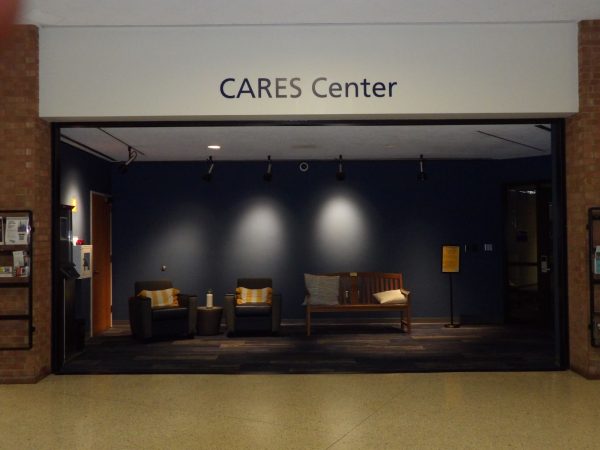Guest Column: Obamacare exchanges may cause dizziness
October 8, 2013
The online health insurance exchanges promised by Obamacare promptly opened for business last week and just as promptly crashed. People seeking to sign up for insurance, or just peruse plans, waited and waited … and waited.
Eventually, we’re sure, the computer problems will be resolved. But many people will find that when they can get through, they’re confronted with a bewildering online experience. They’ll have to sort through dozens of plans from different insurers.
This is a complex decision. Some people may be tempted to throw a dart and pick one with the lowest premiums, assuming all plans are about the same.
Warning: They’re not.
In recent weeks, federal officials touted some of the low premium prices available under the new exchanges. What they didn’t stress, and what careful consumers will find on the exchange market site, is that insurers have tamped down prices in some cases by greatly narrowing the hospitals and doctors available in the coverage network. That means if you favor a particular hospital, say, the University of Chicago Medical Center, you’ll want to make sure your plan covers that hospital and your doctors.
If not, you could be on the hook for much higher medical bills for out-of-network coverage, even though you have insurance.
Let’s back up for a second. Obamacare sets four levels of coverage: platinum, gold, silver and bronze. The law requires every plan provide a basic menu of services, including maternity care, mental health services, prescription drugs and hospital visits. Insurers can offer more than that, but they can’t offer less.
The different levels of coverage indicate how you and the insurer will split your health care costs. In a bronze plan, for instance, you’ll pay 40 percent of the costs and your insurance will cover 60 percent. You’ll pay 30 percent in a silver plan, 20 percent in a gold plan, 10 percent in a platinum plan.
In the lower tiers, you’ll generally pay lower premiums but will have higher out-of-pocket costs. For instance, the deductible — the amount owed for covered services before insurance kicks in — will be higher when you visit a doctor or go to a hospital.
That doesn’t mean all gold plans — or silver or bronze — are created equal.
The differences within a tier can be huge. Blue Cross and Blue Shield of Illinois, for instance, offers some customers its Blue PPO Gold plan for $314.19 a month or its Blue Choice Gold PPO for $234.02. The plans have the same deductible. Same coinsurance. Same copays. So what accounts for the $80.17 difference in monthly premium? One major factor: The higher-priced plan has 54 hospitals in its network, including world-class Northwestern Memorial Hospital, and more than 23,000 doctors. The lower priced plan has 26 hospitals, excluding Northwestern. It has about 10,000 doctors.
You may find a broader doctor/hospital network in a bronze plan than you find in a gold plan, depending on the insurer. You will need to check to see if your doctors and preferred hospitals are covered under the policy you want to choose. Plans also differ in which prescription drugs are covered and how much you’ll pay for a brand name versus a generic.
Don’t assume anything.
There’s plenty of time to investigate before you decide. You can enroll until Dec. 15 for insurance that begins Jan. 1.
If you find yourself confused, be reassured: You are not alone. Almost all the experts we’ve talked to — insurance agents, hospital officials, doctors — are still sorting out the details of this massive health care expansion.























